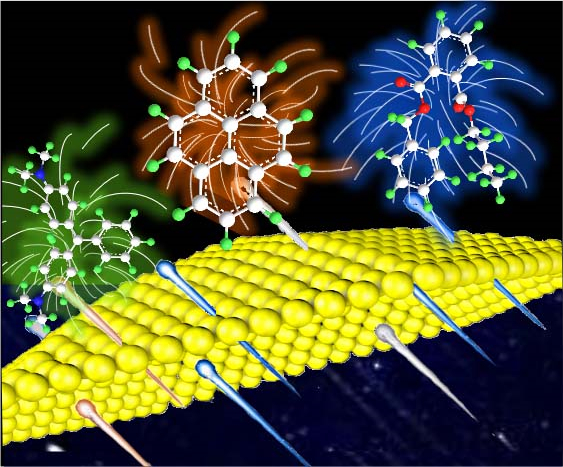
Recently, Professor YANG Liangbao, from the Institute of Health and Medical Technology, Hefei Institutes of Physical Science (HFIPS), developed a general surface-enhanced Raman spectroscopy (SERS) method for actively capturing target molecules in small gaps based on nano-capillary pumping model. Relevant results were detailed in the Journal of the American Chemical Society.
SERS is a spectroscopic technique typically used to determine vibrational modes of molecules. It’s commonly used in chemistry to provide a structural fingerprint by which molecules can be identified.
In this research, using the principle of capillary suction, they constructed a nanocapillary pumping model, for the first time, with ubiquitous hot spots, leading to the first systematic study of small gaps to actively capture molecules.
"What makes this method stand out is the highly universal characteristic of it," said YANG, a scientist of medicine.
It could be used for highly sensitive detection of almost all types of molecules, including plasticizers, organic contaminants, antitumor drugs, poisons, toxins, pesticide residues, dyes, antibiotics, explosives, and amino acids.
On top of that, they successfully analyzed the changes in single A549 cells at the molecular level during photothermal stimulation with this method, which proved that it could be applied to actively capture target molecules in small gaps to study the death of a single cell resulting from photothermal stimulation.
This general method has provided a new way for stimulating active transport of target molecules to optimal hot spots to achieve ultrasensitive detection and real-time monitoring of cell behavior or chemical kinetics.

Schematic diagram of the principle of the general surface enhanced Raman spectroscopy method for actively capturing target molecules in small gaps with the solvent. (Image by GE Meihong)

86-10-68597521 (day)
86-10-68597289 (night)

52 Sanlihe Rd., Xicheng District,
Beijing, China (100864)

